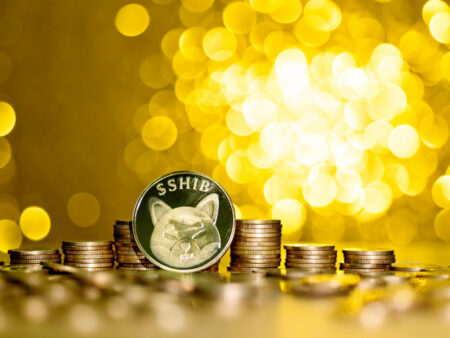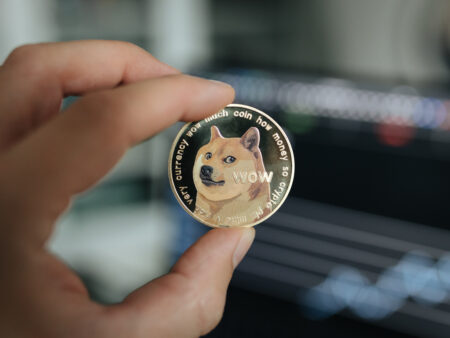In the whimsical world of cryptocurrencies, meme coins have carved out their own niche, capturing the hearts of investors with their mix of humor and financial possibilities. Dogecoin (DOGE) and Shiba Inu (SHIB), two of the most recognizable meme coins, were each born from an internet meme and have since risen to fame in the market. Despite their playful origins, Dogecoin, launched in 2013 as a satire of Bitcoin, and Shiba Inu, created in 2020 to poke fun at Dogecoin, have seen astronomical growth and have developed into serious contenders in the crypto arena.
Named after the “Doge” meme featuring a Shiba Inu dog, these tokens have transcended their meme status. An initial $100 stake in Dogecoin would be valued at about $995,000 today, showing staggering returns. Meanwhile, a similar investment in Shiba Inu at its inception could have grown to an eye-watering $46.43 million, showcasing the explosive potential of these digital currencies.
Fundamentally, Dogecoin rests on Litecoin’s open-source code and employs a proof of work (PoW) system akin to Bitcoin, albeit with no supply limit. This makes the token inflationary in nature, with new coins continuously entering circulation. In contrast, Shiba Inu operates on the Ethereum blockchain, leveraging the proof of stake (PoS) technology, which renders mining obsolete. Over 40% of its supply has already been burnt in a bid to create scarcity, ultimately increasing its value.
The Shiba Inu ecosystem recently expanded with the introduction of Shibarium, a Layer-2 network, and ShibaDEX, a decentralized exchange. These ventures are designed to magnetize developers and enhance the token’s utility. Conversely, Dogecoin has been considered an asset parallel to Bitcoin but soon might experience amplified activity due to new futures contracts on Coinbase and talks of transitioning to a PoS protocol for decentralized application development.
Despite their utilities, both Dogecoin and Shiba Inu are still regarded as volatile assets heavily influenced by large holding “whale” accounts. This volatility can create uncertainty, but it doesn’t deter all investors. With the cryptocurrency market being fickle, any catalyst such as lower interest rates or securities regulation changes can sway valuations. For instance, approvals for Bitcoin and Ether exchange-traded funds (ETFs) by the SEC could entice traditional investors into the space.
Dogecoin is gaining traction, buoyed by its additional use cases and strong community backing, though it is evaluating a PoS transition to remain relevant amongst a growing sea of decentralized apps. Shiba Inu’s true strength lies in its burgeoning developer platform, and it continues to burn tokens, but it faces fierce competition from established PoS blockchains like Ethereum, Solana, and Cardano.
In conclusion, Dogecoin and Shiba Inu have evolved from internet jokes to digital assets with significant market influence. They offer both potential and peril, and although speculation runs rampant, Shiba Inu may boast more promise given its concerted efforts to foster opportunities within its ecosystem. With the cryptocurrency landscape in perennial flux, both Dogecoin and Shiba Inu are expected to continue their wild rides, fuelled by speculative investment and a touch of internet magic.










